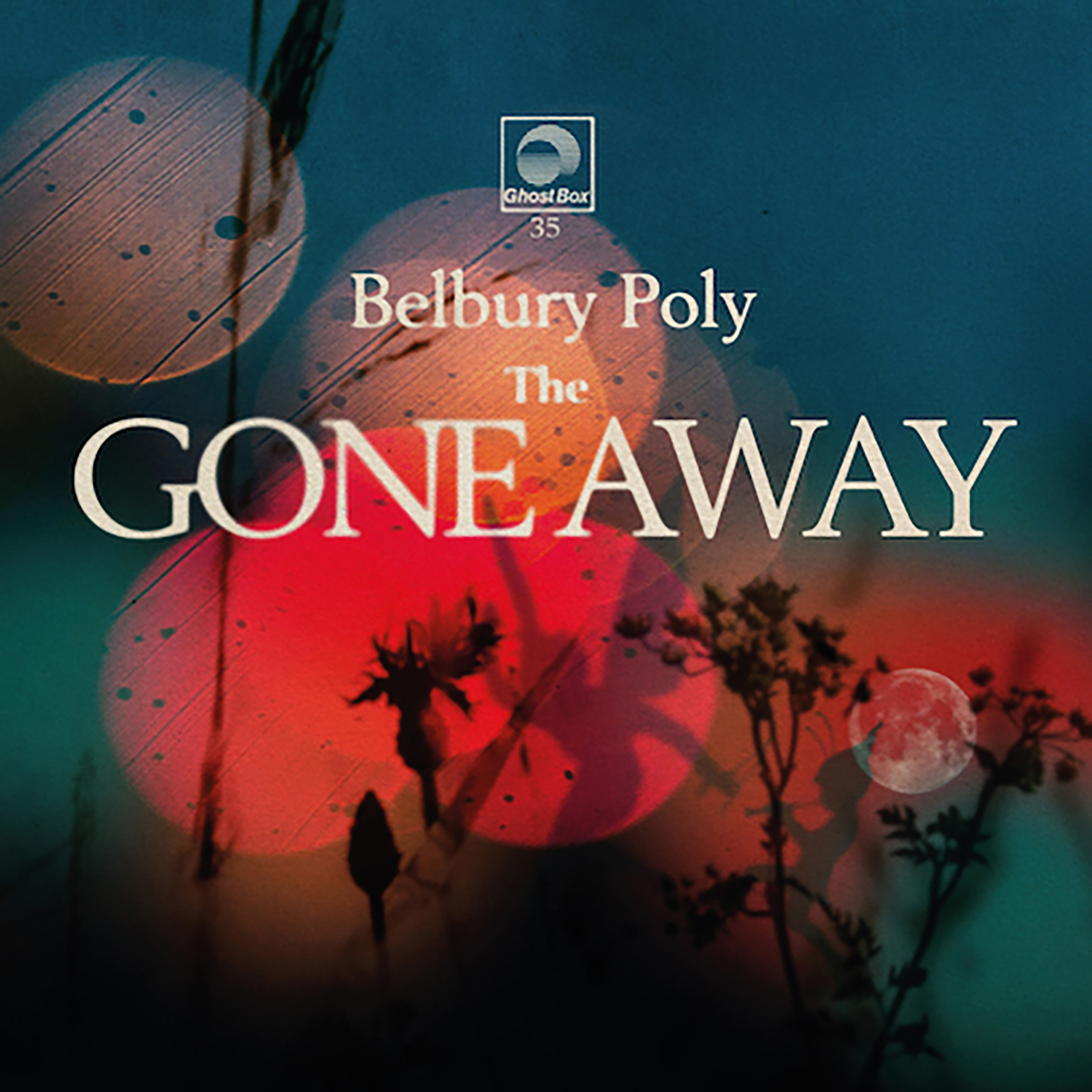 I have to admit that I have always been somewhat confounded by stated The Ghost Box aesthetic of "artists exploring the misremembered musical history of a parallel world," as I have little nostalgia for hazily remembered '60s and '70s children’s television and a limited passion for the vintage sci-fi sounds of the BBC Radiophonic Workshop. In short, I had insufficient whimsy in my heart to properly appreciate anything that sounds like a retro-futurist alternate soundtrack for The Wicker Man. After fully immersing myself in this latest fairy-themed opus from label co-founder Jim Jupp, however, I am beginning to see the unique appeal of the willfully anachronistic collective. I am not sure if the changing world or my changing self ultimately led me to this point, but the idea of spending some time in a kitschy fever dream evocation of a cheaply constructed puppet world suddenly seems extremely appealing to me. Granted, The Gone Away still rubs me the wrong way during its more "vintage lounge music" moments, but it nevertheless feels both good and pure that Jupp is so single-mindedly focused on extracting genuine pathos from our weird, dated, and ostensibly ridiculous cultural memories.
I have to admit that I have always been somewhat confounded by stated The Ghost Box aesthetic of "artists exploring the misremembered musical history of a parallel world," as I have little nostalgia for hazily remembered '60s and '70s children’s television and a limited passion for the vintage sci-fi sounds of the BBC Radiophonic Workshop. In short, I had insufficient whimsy in my heart to properly appreciate anything that sounds like a retro-futurist alternate soundtrack for The Wicker Man. After fully immersing myself in this latest fairy-themed opus from label co-founder Jim Jupp, however, I am beginning to see the unique appeal of the willfully anachronistic collective. I am not sure if the changing world or my changing self ultimately led me to this point, but the idea of spending some time in a kitschy fever dream evocation of a cheaply constructed puppet world suddenly seems extremely appealing to me. Granted, The Gone Away still rubs me the wrong way during its more "vintage lounge music" moments, but it nevertheless feels both good and pure that Jupp is so single-mindedly focused on extracting genuine pathos from our weird, dated, and ostensibly ridiculous cultural memories.
Two new shows just for you. We have squeezed out two extended release episodes for this weekend to get you through this week. They contain mostly new songs but there's also new issues from the vaults. The first show features music from Rider/Horse, Mint Field, Robert Aiki Aubrey Lowe, Anastasia Coope, ISAN, Stone Music, La Securite, Bark Psychosis, Jon Rose, Master Wilburn Burchette, Umberto, Wand, Tim Koh, Sun An, and Memory Drawings. The second episode has music by Laibach, Melt-Banana, Chuck Johnson, X, K. Yoshimatsu, Dorothy Carter, Pavel Milyakov, Violence Gratuite, Mark Templeton, Dummy, Endon, body / negative, Midwife, Alberto Boccardi, Divine. Cow in Maui from Veronika in Vienna. Get involved: subscribe, review, rate, share with your friends, send images! |



 This Italian composer’s latest full-length is quite a significant departure from the aesthetic of 2018's inventively shape-shifting A Conscious Effort, as Novellino decided to head in an entirely non-conceptual direction (he correctly believes that abstract music too frequently has hidden meaning and significance projected onto it in order to lure in both listeners and acclaim). In keeping with that theme, the album's prosaic title translates simply as "strings." That title is certainly apt, as sounds conjured from strings are indeed the heart of the album's aesthetic, but it is also a bit of an amusingly misleading understatement: Strängar is not an orchestral album, but is instead largely a celebration of the many vivid and visceral sounds that one can produce from an inventively misused piano. It is also much more than that though, as Novellino's cavalcade of scrapes, dissonantly jangling metal strings, and assorted percussive sounds intriguingly bleeds in and out of a very different vision of spacey, hallucinatory synth motifs. Admittedly, that sounds like a potentially unwieldy marriage on paper, but Novellino executes it beautifully to achieve a compelling and unique blurring of the boundaries between disparate worlds.
This Italian composer’s latest full-length is quite a significant departure from the aesthetic of 2018's inventively shape-shifting A Conscious Effort, as Novellino decided to head in an entirely non-conceptual direction (he correctly believes that abstract music too frequently has hidden meaning and significance projected onto it in order to lure in both listeners and acclaim). In keeping with that theme, the album's prosaic title translates simply as "strings." That title is certainly apt, as sounds conjured from strings are indeed the heart of the album's aesthetic, but it is also a bit of an amusingly misleading understatement: Strängar is not an orchestral album, but is instead largely a celebration of the many vivid and visceral sounds that one can produce from an inventively misused piano. It is also much more than that though, as Novellino's cavalcade of scrapes, dissonantly jangling metal strings, and assorted percussive sounds intriguingly bleeds in and out of a very different vision of spacey, hallucinatory synth motifs. Admittedly, that sounds like a potentially unwieldy marriage on paper, but Novellino executes it beautifully to achieve a compelling and unique blurring of the boundaries between disparate worlds.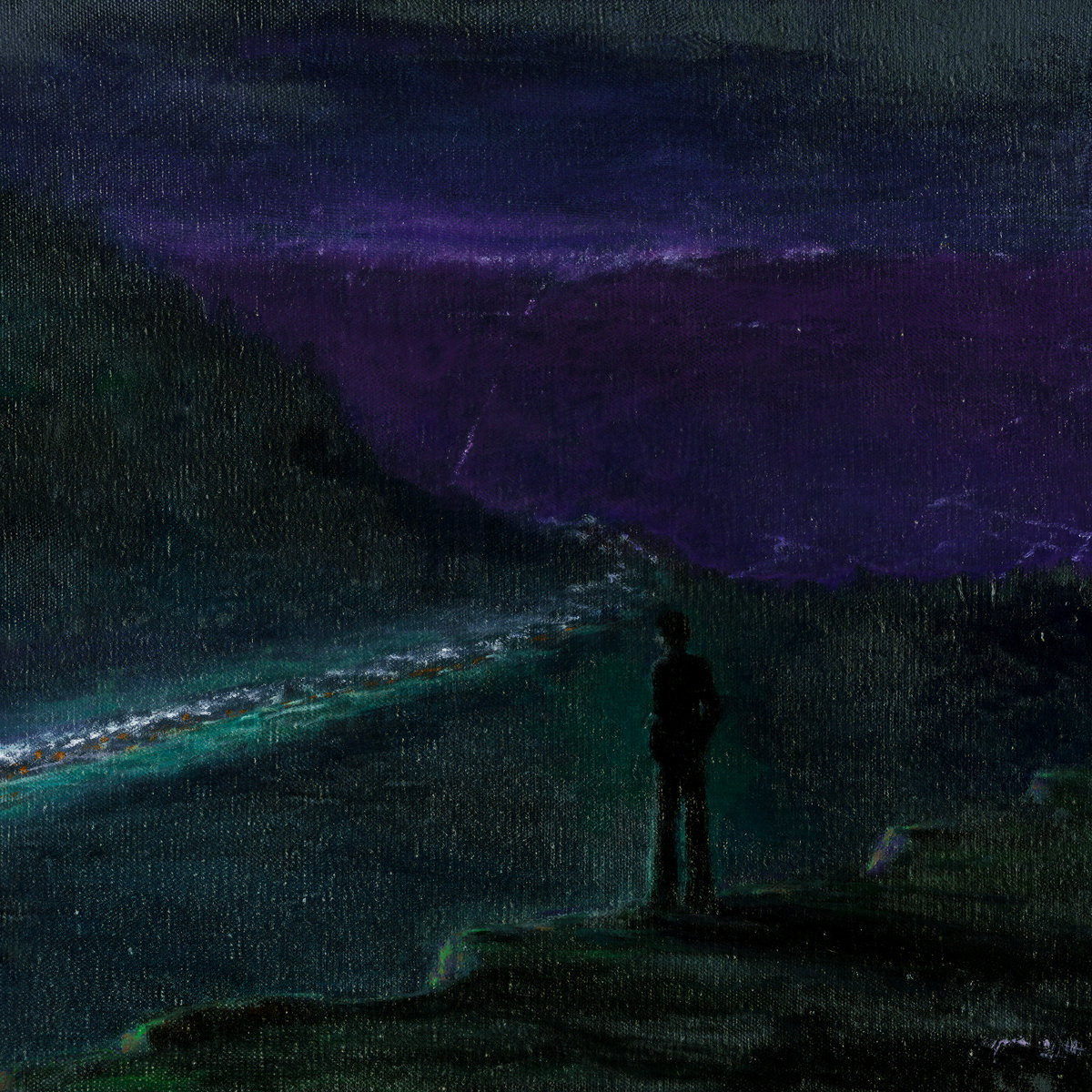 I was having a conversation with someone the other evening about what defines "pop" music, and if it can be considered good music. This is a loaded question since there are many varieties of music that could potentially fall into a pop category; the term means many different things, carrying both positive and negative connotations. As this isn’t meant to be an essay arguing the definition, let me simply say this: I enjoy what moves me. There exists simple, straightforward music which has the power to reel me in, winning me over with charming, catchy melodies, making my heart soar. With his sincere delivery, dreamy heartfelt melodies, eighties pop sensibilities and impressive vocal range, the talented John Jagos won me over as Brothertiger on his latest, Paradise Lost.
I was having a conversation with someone the other evening about what defines "pop" music, and if it can be considered good music. This is a loaded question since there are many varieties of music that could potentially fall into a pop category; the term means many different things, carrying both positive and negative connotations. As this isn’t meant to be an essay arguing the definition, let me simply say this: I enjoy what moves me. There exists simple, straightforward music which has the power to reel me in, winning me over with charming, catchy melodies, making my heart soar. With his sincere delivery, dreamy heartfelt melodies, eighties pop sensibilities and impressive vocal range, the talented John Jagos won me over as Brothertiger on his latest, Paradise Lost.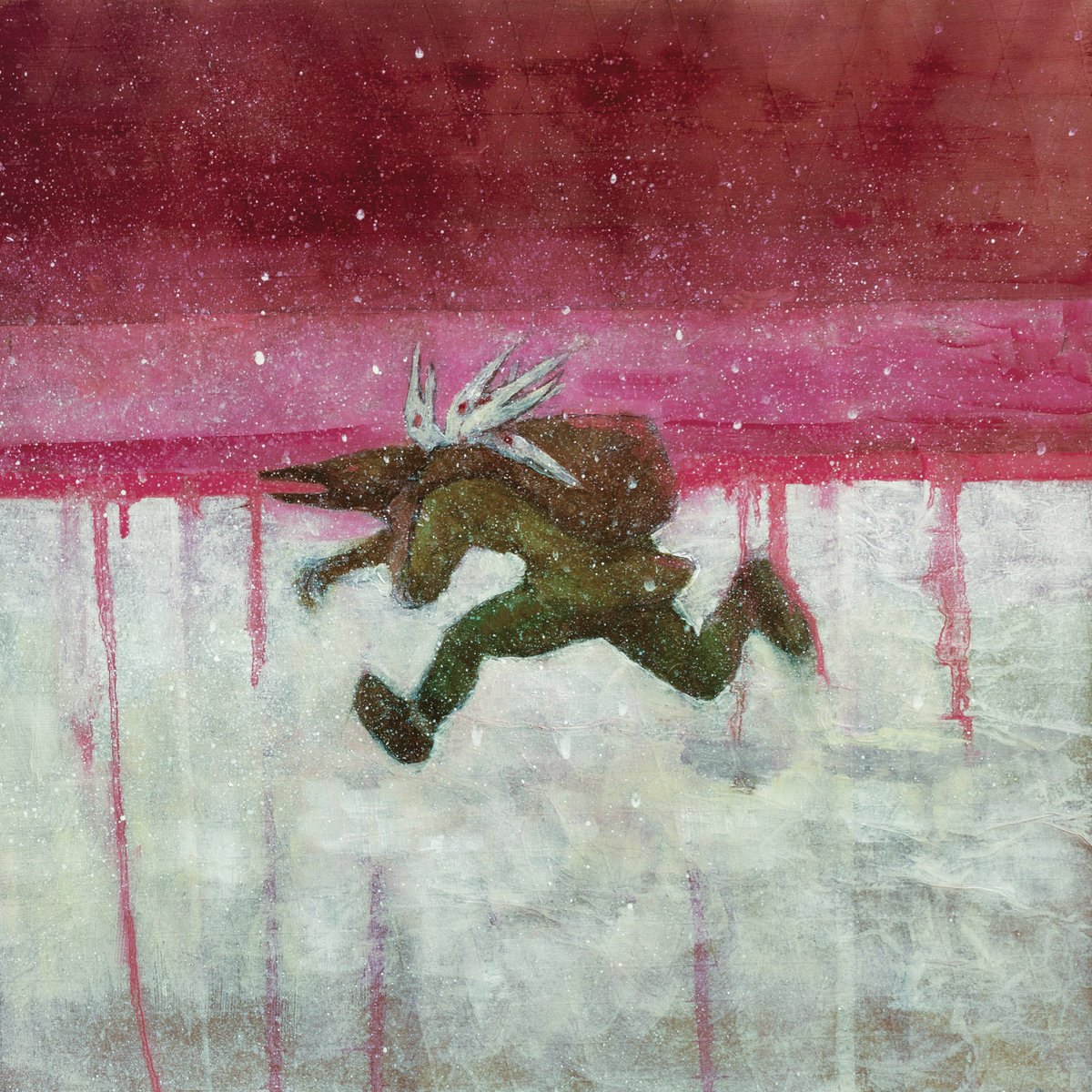 A truly multinational project, Staraya Derevnya is a collaboration of artists, poets and musicians across Israel, London and New York, released on independent record label Raash Records out of Jerusalem. The lyrics are sung, screamed, and chanted in a combination of Russian merged with a made-up language, with only the track titles — derived from a line of each song — translated to English. Knowing Russian is not required to be transported into a journey of epic aural proportions.
A truly multinational project, Staraya Derevnya is a collaboration of artists, poets and musicians across Israel, London and New York, released on independent record label Raash Records out of Jerusalem. The lyrics are sung, screamed, and chanted in a combination of Russian merged with a made-up language, with only the track titles — derived from a line of each song — translated to English. Knowing Russian is not required to be transported into a journey of epic aural proportions.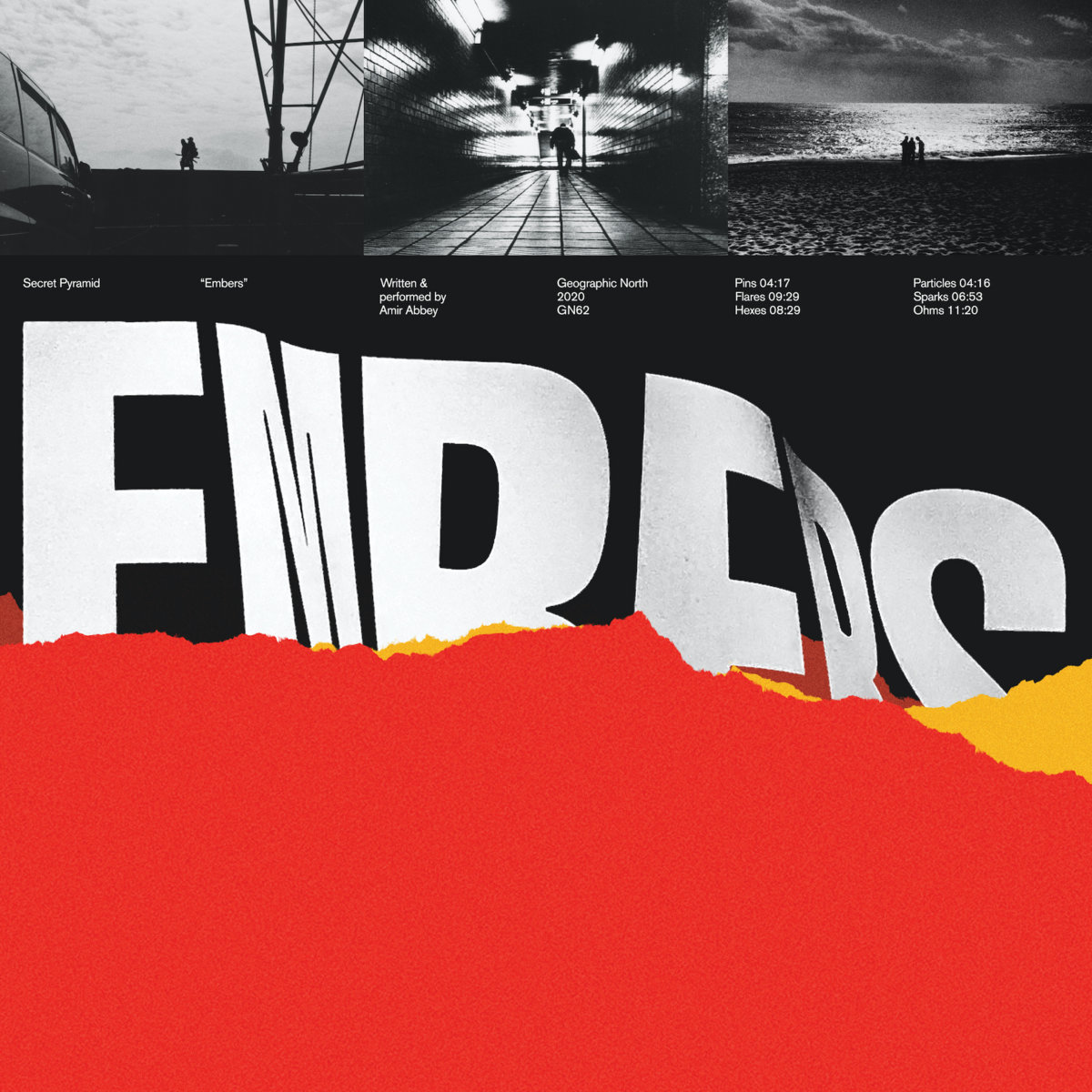 Embers: the smoldering or glowing remains of a fire. Something fading, but still capable of pain when touched. The transition of a bright flame being extinguished into darkness, mirroring the cycle of day into night. Vancouver-based composer Amir Abbey is Secret Pyramid, creating his transcendental neo-classical dreamworks at night, giving light to meditative sonic works that sound at home in a cathedral, offering sonorousness of awe and sorrow echoing majestically through vast space and settling in the soul. Abbey’s latest, Embers, works magic in these ways, offering a "less is more" approach creating the aural equivalent of wide open spaces filled with tranquillity and ephemerality.
Embers: the smoldering or glowing remains of a fire. Something fading, but still capable of pain when touched. The transition of a bright flame being extinguished into darkness, mirroring the cycle of day into night. Vancouver-based composer Amir Abbey is Secret Pyramid, creating his transcendental neo-classical dreamworks at night, giving light to meditative sonic works that sound at home in a cathedral, offering sonorousness of awe and sorrow echoing majestically through vast space and settling in the soul. Abbey’s latest, Embers, works magic in these ways, offering a "less is more" approach creating the aural equivalent of wide open spaces filled with tranquillity and ephemerality.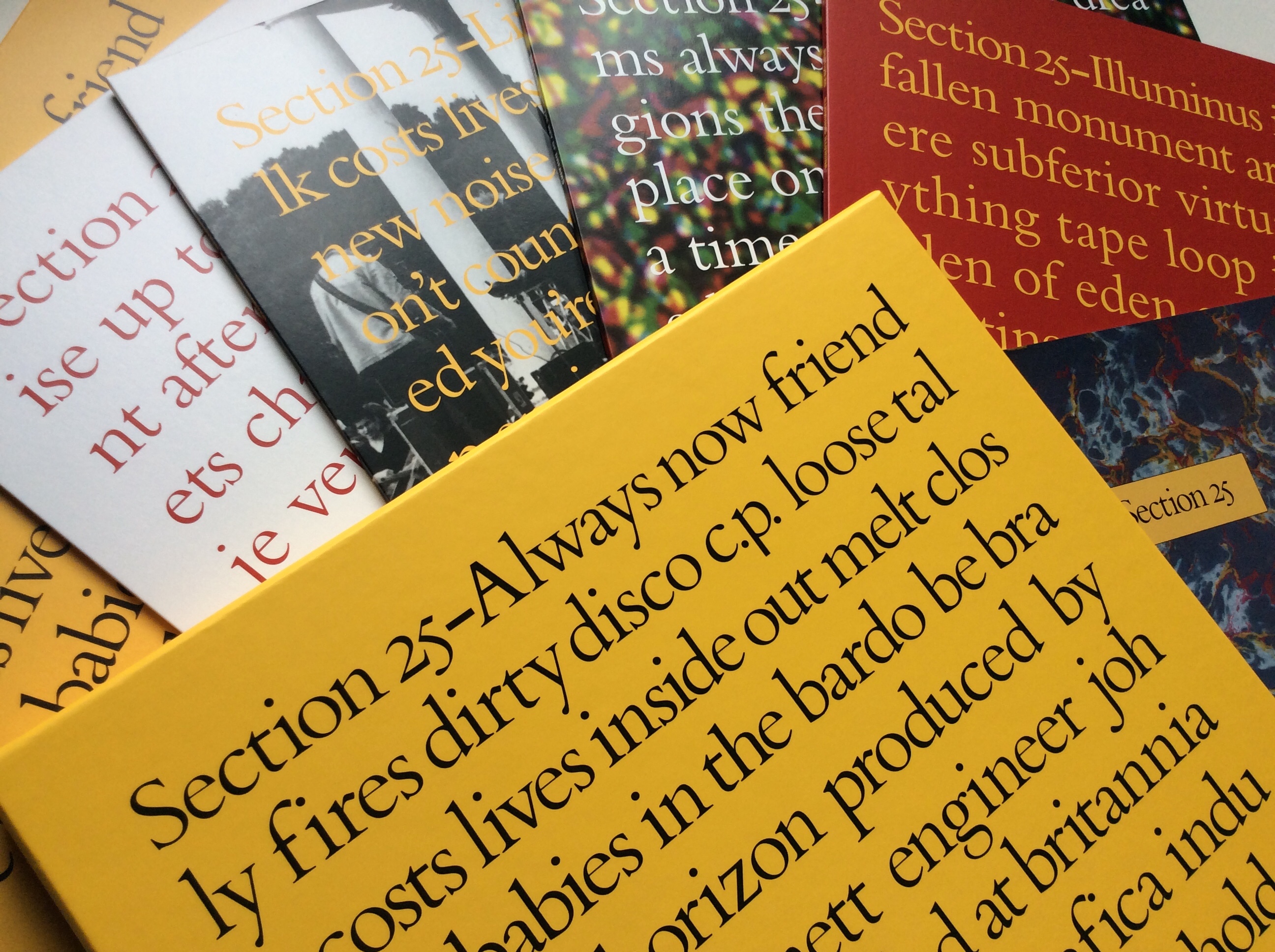 Section 25 epitomize an uneasy classification of "post-punk," combining raw electronics, cast over with early shadows of gothic rock despair, and blended with a healthy dose of stark krautrock and sometimes even *gasp* danceable rhythms, fronted by tuneless, disaffected vocals. This formula has served countless experimental bands well that followed into today. This gorgeous 5 disc vinyl (or 2 CD) set of Always Now from Factory Benelux allows listeners old and new to dig deeper into the musical expanse of early Section 25.
Section 25 epitomize an uneasy classification of "post-punk," combining raw electronics, cast over with early shadows of gothic rock despair, and blended with a healthy dose of stark krautrock and sometimes even *gasp* danceable rhythms, fronted by tuneless, disaffected vocals. This formula has served countless experimental bands well that followed into today. This gorgeous 5 disc vinyl (or 2 CD) set of Always Now from Factory Benelux allows listeners old and new to dig deeper into the musical expanse of early Section 25.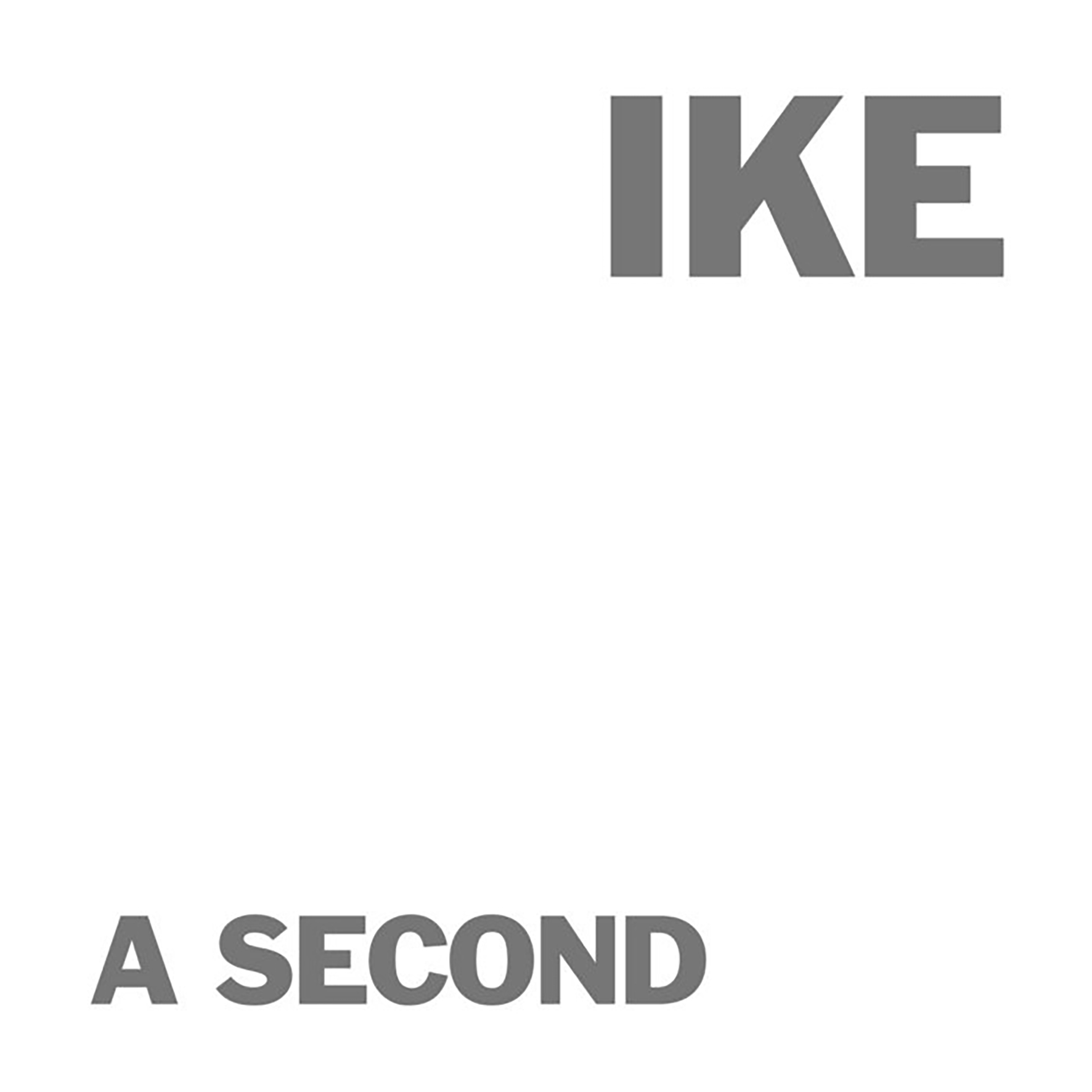
 Much like everyone else with a deep interest in experimental music, I have spent a good amount of time exploring the more avant-garde side of 20th century classical music. Estonian composer Arvo Pärt is admittedly not an artist who fits particularly comfortably in that milieu, as he took a far more unique and anachronistic path than most of his peers and embraced Gregorian chants and simple melodicism rather than dissonance, conceptual art, complicated harmonies, electronics, or Eastern drones. That path has rightfully made him one of the most frequently performed contemporary composers, but his work did not make a deep impact on me until I heard the sublime "Spiegel im Spiegel" in Gus van Zant's similarly sublime Gerry. After that revelatory experience, I immediately dove headlong into Pärt's classic ECM albums and they have been a fixture in my life ever since, but I was completely unaware of this album (originally released on the German label Beaux in 2001). Now that it has been reissued, I can see why these pieces did not initially make the same cultural impact as some of Pärt's other work, but I can also see why they eventually found an audience regardless: Works for Choir feels like a dispatch from an alternate timeline in which Bach was never shouldered aside by folks like Schoenberg and Stravinsky and simple beauty never fell out of favor.
Much like everyone else with a deep interest in experimental music, I have spent a good amount of time exploring the more avant-garde side of 20th century classical music. Estonian composer Arvo Pärt is admittedly not an artist who fits particularly comfortably in that milieu, as he took a far more unique and anachronistic path than most of his peers and embraced Gregorian chants and simple melodicism rather than dissonance, conceptual art, complicated harmonies, electronics, or Eastern drones. That path has rightfully made him one of the most frequently performed contemporary composers, but his work did not make a deep impact on me until I heard the sublime "Spiegel im Spiegel" in Gus van Zant's similarly sublime Gerry. After that revelatory experience, I immediately dove headlong into Pärt's classic ECM albums and they have been a fixture in my life ever since, but I was completely unaware of this album (originally released on the German label Beaux in 2001). Now that it has been reissued, I can see why these pieces did not initially make the same cultural impact as some of Pärt's other work, but I can also see why they eventually found an audience regardless: Works for Choir feels like a dispatch from an alternate timeline in which Bach was never shouldered aside by folks like Schoenberg and Stravinsky and simple beauty never fell out of favor.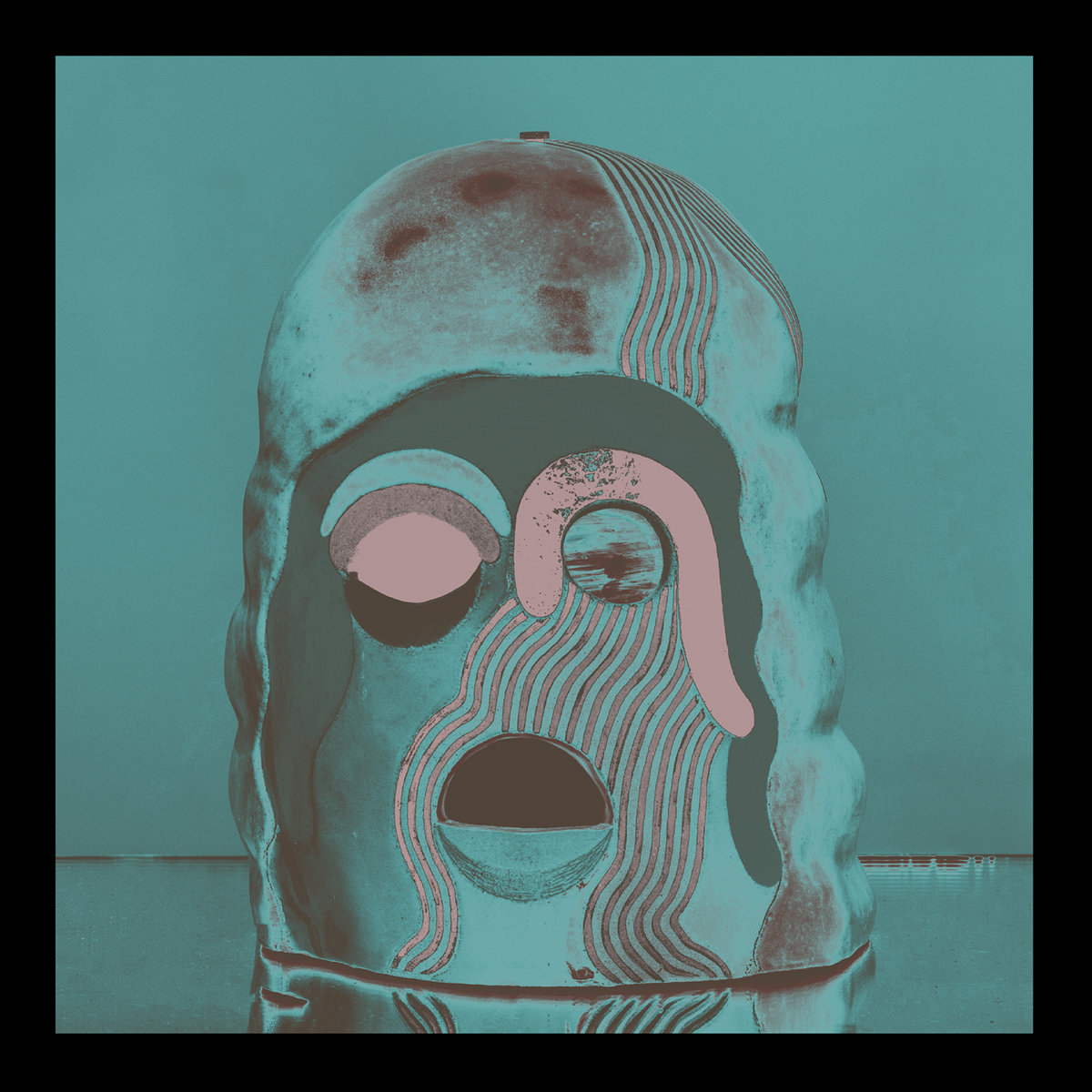 FACS, spawned from the ashes of Chicago’s Disappears, display a certain homage to early Public Image Limited paired with a reverence to Fugazi on their latest album, but visualize a version of both, pressed through a sieve of muted sonics and disaffected resignation. Void Moments finds FACS’ musical sound experimentation greatly expanded beyond their prior output. With a finely crafted blend of bleak minimalism, dark noise, and energizing rhythms, this work takes all the energy of recent experiments, honing the melodies into a deeper, darker, and richer menace of beauty and power.
FACS, spawned from the ashes of Chicago’s Disappears, display a certain homage to early Public Image Limited paired with a reverence to Fugazi on their latest album, but visualize a version of both, pressed through a sieve of muted sonics and disaffected resignation. Void Moments finds FACS’ musical sound experimentation greatly expanded beyond their prior output. With a finely crafted blend of bleak minimalism, dark noise, and energizing rhythms, this work takes all the energy of recent experiments, honing the melodies into a deeper, darker, and richer menace of beauty and power.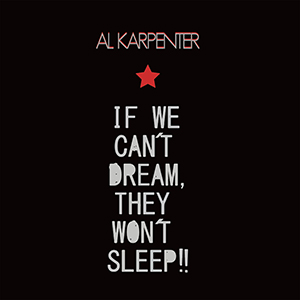 Al Karpenter’s debut album is one of those that feels perfectly aligned with the present day. With performers hailing from the Basque region of Spain, Japan, and Berlin, the entire world’s state of disarray is fully represented in the broken electronics, erratic garage rock, and full on unhinged punk styles. It is entirely unpredictable: a massively disparate backing band supporting Karpenter’s erratic, rambling vocal style that is a ceaseless mix of frustration, paranoia, and anger, but it all makes sense and—while it may not be a casual experience—it is a gripping one.
Al Karpenter’s debut album is one of those that feels perfectly aligned with the present day. With performers hailing from the Basque region of Spain, Japan, and Berlin, the entire world’s state of disarray is fully represented in the broken electronics, erratic garage rock, and full on unhinged punk styles. It is entirely unpredictable: a massively disparate backing band supporting Karpenter’s erratic, rambling vocal style that is a ceaseless mix of frustration, paranoia, and anger, but it all makes sense and—while it may not be a casual experience—it is a gripping one.
